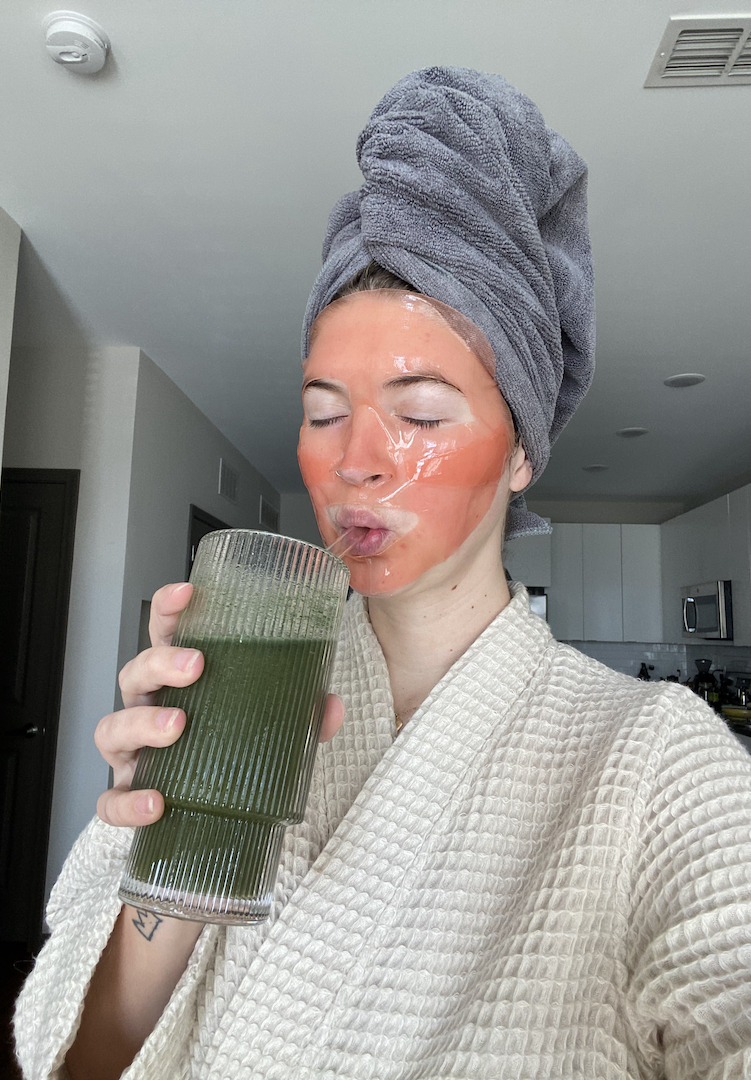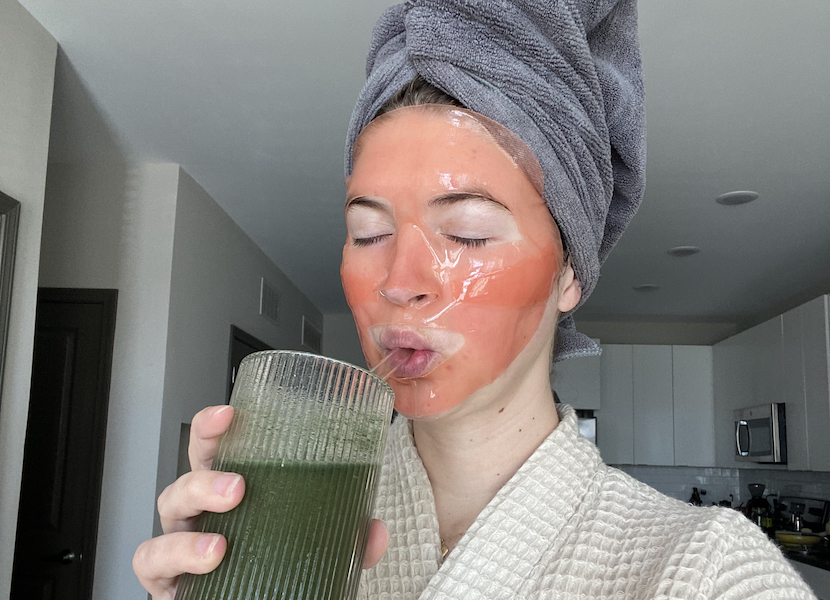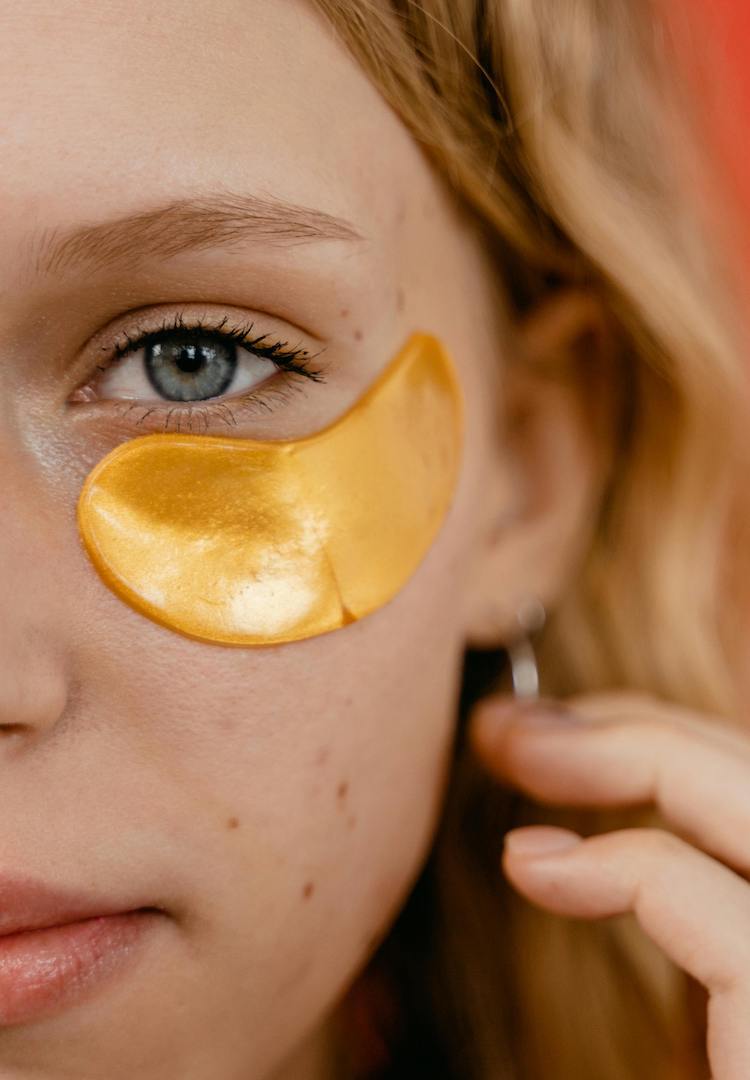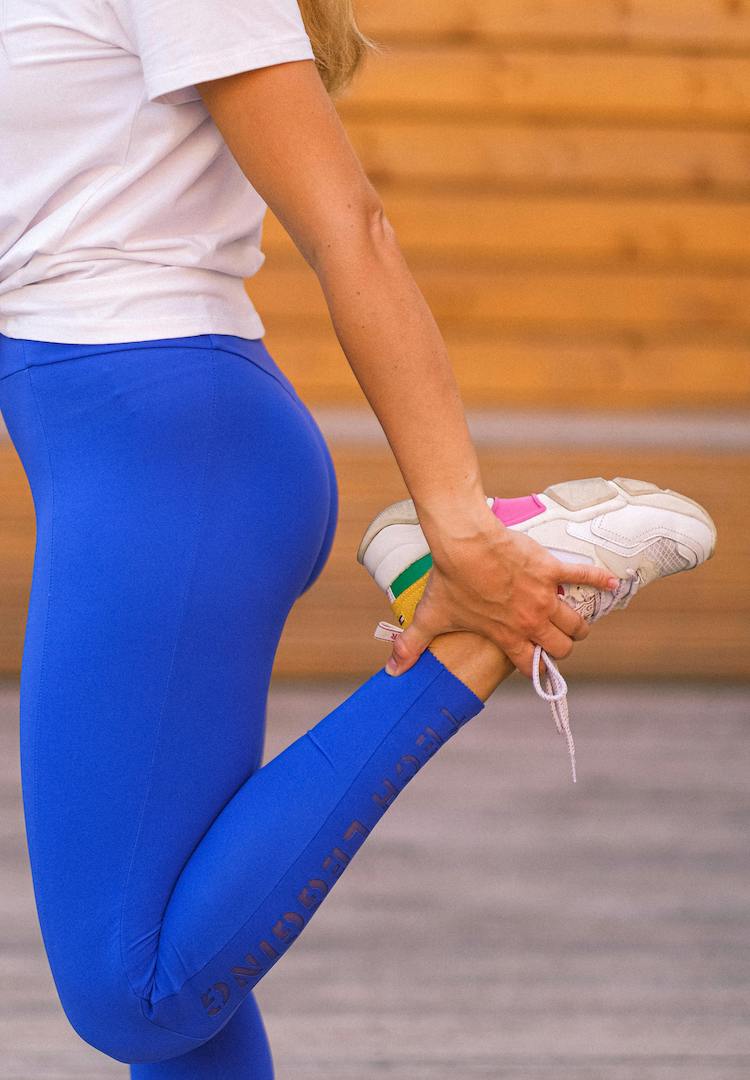“I was so fixated on my chin”: How I developed an addiction to cosmetic filler
WORDS BY ELLY SHINKFIELD
“I was always going to find a flaw.”
From as early as I can remember, I was hyper-critical of myself. Growing up, I’d spend hours staring at my reflection in the mirror, picking apart everything I’d change about myself if I could – particularly my chin.
As I got older, my insecurities only worsened and the endless hours spent in front of the mirror turned into thousands of photos taken from every angle imaginable. I wanted to analyse and criticise my ‘problem areas’ microscopically.
We like nosy people. Don’t be shy, head to our Beauty section for more.
Once social media was in the picture, I suddenly had millions of people to compare myself to. I spent hours aimlessly scrolling and searching for what I deemed the ‘perfect chin’. Not only would this habit cause me extreme levels of distress and sadness, but it also destroyed my self-esteem.
I stumbled across the concept of filler when I was around 13, Google searching ‘how can I fix my jawline’ and ‘how to get rid of a double chin’. Once I saw the results, my mind was set. I turned to my mum, begging her to let me get filler.
She refused, saying “It’s absurd for a 13-year-old to get filler when they’re still developing.” I remember being so upset with her but I accepted it was just something I’d have to wait for until I turned 18. From that moment on, I was counting down.
As I progressed further into my teenage years, my insecurities only worsened. I tried everything imaginable to help make my jawline more prominent. I tried everything from hours of daily jaw exercises to ‘double chin gadgets’. They only left me with an aching jaw and even worse self-esteem.
After years of waiting and counting down, I finally turned 18 and the first thing I did was book an appointment to get filler. Before getting filler, I went in for my consult with a clinician to discuss the result I was hoping for. I also had to undergo something called a ‘body dysmorphia examination’, where I answered questions about my self-image to ensure I was eligible for filler.
Knowing I wouldn’t pass the questionnaire, I lied. The important thing to note is that those struggling with body dysmorphia – like I was – are more likely to view cosmetic procedures as a way to fix their ‘problem areas’. These precautions are in place to help you, so don’t do what I did and lie.
The day came, and it wasn’t as glamorous as I’d anticipated. The panic set in mid-injection and I found myself lying there, anxiously waiting to see my results. After 4ml of dermal fillers were injected into my chin, I finally got to see myself and at first, I loved it.
My chin was more prominent and my jaw looked more elongated. All my ‘flaws’ had seemingly been fixed. Unfortunately, this feeling didn’t last long. As the swelling went down and my features became a little less prominent, I found myself wishing I’d gotten more. This is where my addiction began.
Two weeks later, I had another 2ml of filler injected into my chin and along my jawline, too. Again, when I saw my results, at first I was elated. But just like the previous time, as the swelling went down I was met with disappointment. The problem wasn’t that I didn’t get enough filler, but that I was so fixated on my chin.
I was always going to find a flaw. I had developed an addiction to getting filler. Surprisingly, I discovered this is something so many people struggle with (just look at TikTok). I started using filler to ‘fix’ a feature I disliked, and this resulted in a reliance on filler as a way to reduce insecurities.
It was difficult to come to terms with my filler addiction, but I realised I was wasting so much money, time and brain space. I was never going to be happy with the results, so I cut myself off from getting any filler at all. It was hard, but I trained myself to stop viewing it as a ‘solution’. As time went on, my insecurities lessened. Now I’m at a point where I’m happy with my chin.
Ultimately, cosmetic procedures are an extremely personal choice, and it’s important to consider your reasons beforehand. If you notice yourself falling into the trap of constantly wanting more, try to cut yourself off and seek help.
If you’re struggling with body dysmorphia, head here or call the Butterfly Foundation’s National Helpline on 1800 33 4673.










